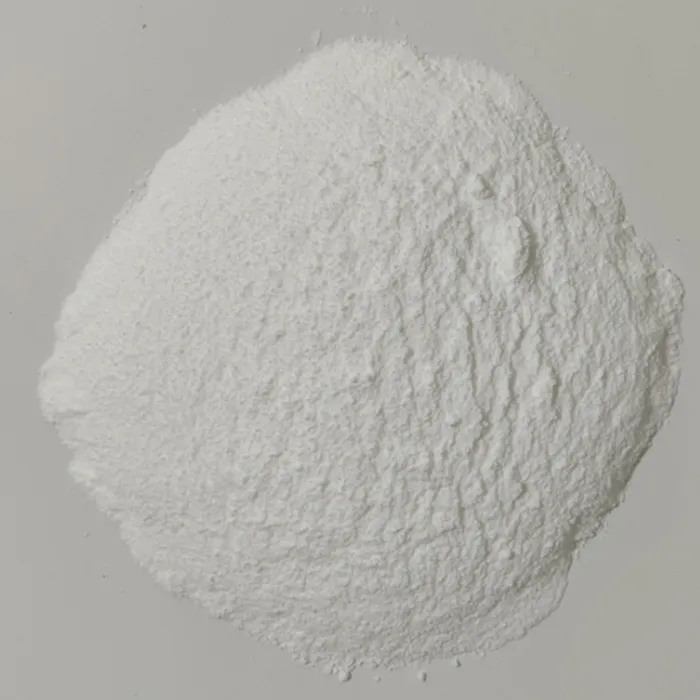Physical Treatment of Wastewater An Overview
Wastewater treatment is a critical process in maintaining environmental sustainability and public health. Among the various methods employed, physical treatment plays a fundamental role by utilizing physical processes to remove contaminants from wastewater. This article explores the principles, processes, and significance of physical treatment in wastewater management.
Principles of Physical Treatment
Physical treatment methods rely on the physical properties of wastewater to separate suspended solids, oils, and greases from water. Unlike chemical or biological treatments, physical processes do not alter the chemical structure of contaminants. Instead, they focus on the removal of solid particles and immiscible liquids based on differences in size, density, and viscosity. This makes physical treatment a straightforward and efficient approach for preliminary treatment, often used as a first step in comprehensive wastewater treatment.
Key Processes in Physical Treatment
1. Screening This is the initial step in wastewater treatment, where large debris and solids are removed from the influent. Screens with various mesh sizes are employed to capture objects like sticks, plastics, and other large particles that can cause damage to subsequent treatment equipment. Screening helps protect these systems and reduces wear and tear.
2. Sedimentation After screening, the wastewater undergoes sedimentation, a process where solids settle out of the liquid. This occurs in sedimentation tanks or clarifiers, where gravity helps separate heavier solids, known as sludge, from the lighter liquid. The settled sludge can be removed for further treatment or disposal, while the clarified liquid continues through the treatment process.
3. Floatation This process is utilized to remove lighter particles, such as oils and fats, which tend to float to the surface of the water. In flotation systems, air is introduced into the wastewater, forming tiny bubbles that adhere to the floating particles. This action causes the particles to rise and form a froth on the surface, which can be skimmed off, effectively removing the contaminants.
physical treatment of wastewater

4. Filtration Filtration is another important physical treatment method that involves passing wastewater through various filter media, such as sand, gravel, or activated carbon. This process captures smaller suspended solids that have not settled during sedimentation. Filtration enhances the clarity and quality of water, making it suitable for further treatment or discharge.
5. Pumping and Mixing In addition to removal processes, physical treatments often incorporate pumping and mixing techniques to ensure even distribution of chemicals or to aid in sedimentation. Proper mixing can help enhance the performance of subsequent chemical or biological treatment processes.
Significance of Physical Treatment
The importance of physical treatment in wastewater management cannot be overstated. Firstly, it significantly reduces the concentration of suspended solids and other debris, making subsequent treatment steps more efficient and effective. By removing these materials early, physical treatment decreases the fouling of equipment and minimizes operational issues.
Moreover, physical treatment supports environmental protection by preventing pollutants from entering natural water bodies. If left untreated, contaminants in wastewater can cause severe ecological damage, harming aquatic life and degrading water quality. Through effective physical treatment, industries and municipalities can mitigate these risks and comply with environmental regulations.
Finally, physical treatment methods are generally simple to operate and maintain, making them cost-effective solutions for many wastewater treatment facilities. These methods can be implemented in various settings, from municipal treatment plants to industrial sites, facilitating the management of diverse wastewater streams.
Conclusion
In conclusion, physical treatment serves as a vital component of wastewater management. Through processes such as screening, sedimentation, flotation, and filtration, physical treatment plays a crucial role in removing contaminants from water and protecting both public health and the environment. As we confront increasing challenges related to water pollution and resource management, the significance of physical treatment methods will only grow, reinforcing their essential place in sustainable wastewater strategies.

